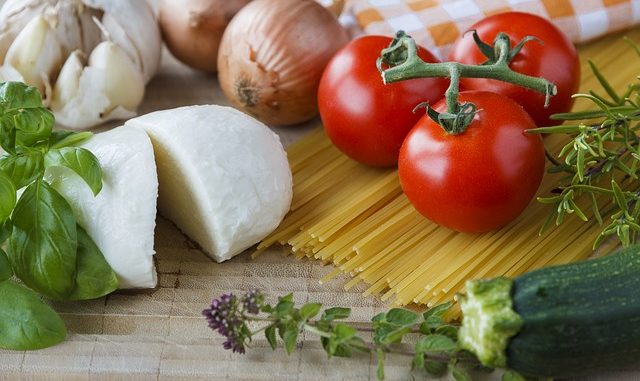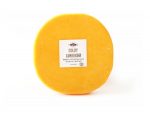
When we develop pizza toppings, the cheese we usually apply is Mozzarella – really the ideal formaggio. It is generally Italian although other countries make exceptional variants themselves. It is a cheese that is so soft it can be sliced. It is also one of the most stretchy and is in fact technically described as a stretched curd cheese or pasta filata. It also lends itself well to Italian style salads and to incorporation with seafood and meats.
Most cheese makers would describe it as a pure white semi-soft type without a rind which is brined to draw out the flavour. It is traditionally produced from buffalo which live in the wetlands of Italy but also throughout Eastern Europe. The Bulgarians make a very fine example of one ! This type is often referred to as Mozzarella di Bufala because many are now only made with domesticated cow’s milk. We would call this Mozzarella Fior di Latte and is made with pasteurised or unpasteurised cow’s milk. I’ve also seen a low-calorie and rather thicker variant which comes from fully skimmed or semi-skimmed milk too. The Italians even smoke some Mozzarella and this can be found in specialist food shops as Mozzarella affumicata.
To be frank, Mozzarella can be made anywhere but authenticity is quite important and it now is regarded in Italy as an Italian Traditional Specialty Guaranteed (TSG) food product. To be more precise the regions of Campania, Abruzzo, Molise and Puglia are the main places in Italy where it’s production receives true authentication.
Fresh milk is needed to which is added various dairy bacteria or its just left to ferment naturally where it converts milk sugar (lactose) to lactic acid. The acid content is monitored but the curd is the key feature of the cheese which is monitored at this point. The curd is pasteurised in hot water but its texture also alters where it converts from squeaky cheese to one that can form long elastic strands. These are then formed into large balls or much smaller shapes.
It is eaten fresh and unlike many other cheeses really can be eaten after a few hours after it’s made. Nutritionally, it has a 45% fat content which is reasonably high and high calcium content of 403mg/100g wet weight. Our sensory analysts describe the flavour and aroma of the cheese as rather subtle and not overpowering with full milky/dairy flavour. The texture appears to be the most appealing feature because it has such a stringy and springy feel and bite to it. It is ideal for vegetarians and in produce development terms, an ideal soft cheese for baking with.
Nutrition Information For A Typical Mozzarella
|
Amount Per
|
| Calories 280 |
| % Daily Value* | |
| Total Fat 17 g | 26% |
| Saturated fat 11 g | 55% |
| Polyunsaturated fat 0.5 g | |
| Monounsaturated fat 4.8 g | |
| Cholesterol 54 mg | 18% |
| Sodium 16 mg | 0% |
| Potassium 95 mg | 2% |
| Total Carbohydrate 3.1 g | 1% |
| Dietary fiber 0 g | 0% |
| Sugar 1.2 g | |
| Protein 28 g | 56% |
| Vitamin A | 10% | Vitamin C | 0% |
| Calcium | 73% | Iron | 1% |
| Vitamin D | 3% | Vitamin B-6 | 5% |
| Vitamin B-12 | 14% | Magnesium | 6% |
| *Per cent Daily Values are based on a 2,000 calorie diet. Your daily values may be higher or lower depending on your calorie needs. |
The main producers are:-
Azienda Agricola Gritti Bruno E Alfio S.s. Societa Agricola, FrieslandCampina, Point Reyes Farmstead Cheese Company & The Fork, Williams Cheese Company. Various smaller niche producers.
————————————————-

Leave a Reply